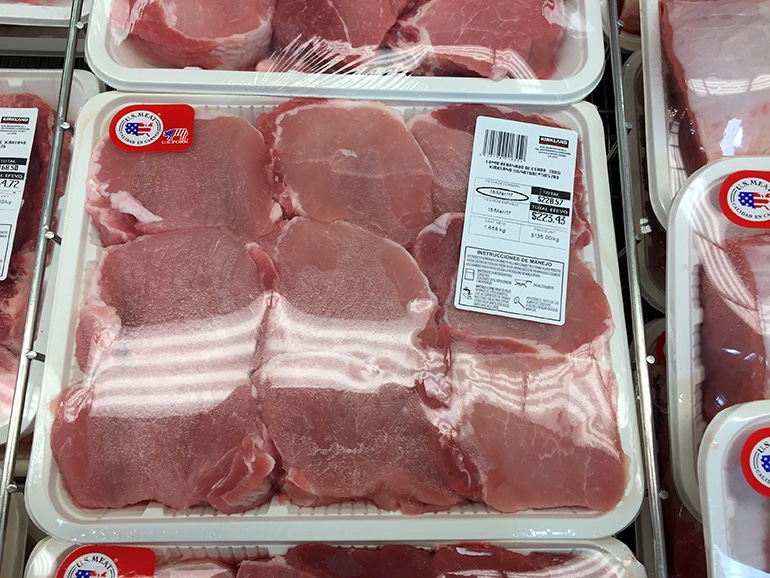Competitors begin to whittle away U.S. pork’s market share in Mexico
First quarter pork volume to Mexico was down 13% year-over-year to 177,420 metric tons, while value declined 29% to $261.9 million.
May 15, 2019

While pork exports haven’t fared as well in 2019 across the U.S. southern border, Mexican trade partners remain cautiously optimistic that tariff issues will be resolved.
“We are seeing the evidence of the 20% duty on pork really hit home,” says Dan Halstrom, U.S. Meat Export Federation president and CEO, who just returned from a series of meetings in Mexico with importers, processors and other key customers of U.S. red meat. “Our purpose being down there was to really talk with trade and assure them we are reliable suppliers and are hopeful for some resolutions on some of the issues. I would say the tone amongst the customers was one of cautious optimism. They appreciate the supply chain with the U.S., and they continue to work with us closely, but we do need to have some resolutions to some of these issues, primarily being the steel and aluminum duties and consequently the resulting duties on pork.”
First quarter pork volume to Mexico was down 13% year-over-year to 177,420 metric tons, while value declined 29% to $261.9 million.
Beef, on the other hand, hung in there with some modest growth. U.S. beef exports to Mexico posted a solid first quarter, with combined beef/beef variety meat volume increasing 1% from a year ago to 57,591 mt while value jumped 12% to $280.2 million. This included a strong increase in beef muscle cut exports, which were up 14% in volume (35,481 mt) and 16% in value ($220.7 million).
Halstrom explains that while the U.S. is still Mexico’s primary supplier of imported pork, Canada, Chile and the European Union are gradually gaining market share and Mexico’s domestic pork production is also trending higher.
“The U.S. still has a primary import share on pork, albeit at lower values, but we are seeing some of our competitors whittle away a little bit at market share,” Halstrom says. “We are seeing Canada increase a couple points each month on market share and we are seeing Europe increase. The customers don’t necessarily want to develop those supply chains because economically the U.S. makes the most sense, but in essence what all this uncertainly is doing is forcing them to diversify a little bit to these other countries. Once again, it echoes the need to bring resolutions to some of these outstanding issues.”
Source: U.S. Meat Export Federation, which is solely responsible for the information provided, and wholly owns the information. Informa Business Media and all its subsidiaries are not responsible for any of the content contained in this information asset.
About the Author(s)
You May Also Like


